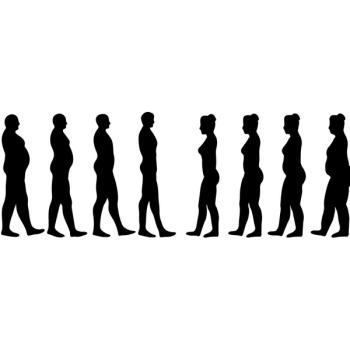
Obesity Phenotypes Explain What Drives the Disease and How to Target Intervention: Expert Interview
Mayo Clinic's Andres Acosta, MD, PhD, details the 4 biologic obesity phenotypes his team has identified and how their use can change weight loss outcomes.
Wide variation in response to current treatments for
Andres Acosta, MD, PhD, and colleagues at the Mayo Clinic describe 4 biological/behavioral
- Hungry brain — mainly controlled by the brain-gut axis, and abnormal calories needed to reach satiety.
- Emotional hunger — desire to eat to cope with positive or negative emotions.
- Hungry gut — abnormal duration of fullness.
- Slow burn — decreased metabolic rate.
In the conversation with Patient Care® below Acosta details how weight management interventions targeted by phenotype more closely reflect the pathophysiology of the disease.
For more conversations with Dr Acosta:
Andres Acosta, MD, is a physician-scientist at Mayo Clinic's campus in Rochester, Minnesota, specializing in bariatric surgery, upper endoscopy, nutrition, and obesity. He is also an assistant professor of medicine at Mayo Clinic College of Medicine and Science. Acosta's primary research focus is on the mechanisms and regulation of appetite, satiation, and satiety, including the role of gastric function, gastrointestinal hormones, taste preferences, bile acids, and enterohepatic regulation and gut energy utilization. Additionally, Dr. Acosta studies the effect of genetics, pharmacology and endoscopic devices on food intake regulation.
Twitter
Newsletter
Enhance your clinical practice with the Patient Care newsletter, offering the latest evidence-based guidelines, diagnostic insights, and treatment strategies for primary care physicians.




























































































































































































































































































